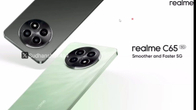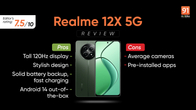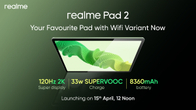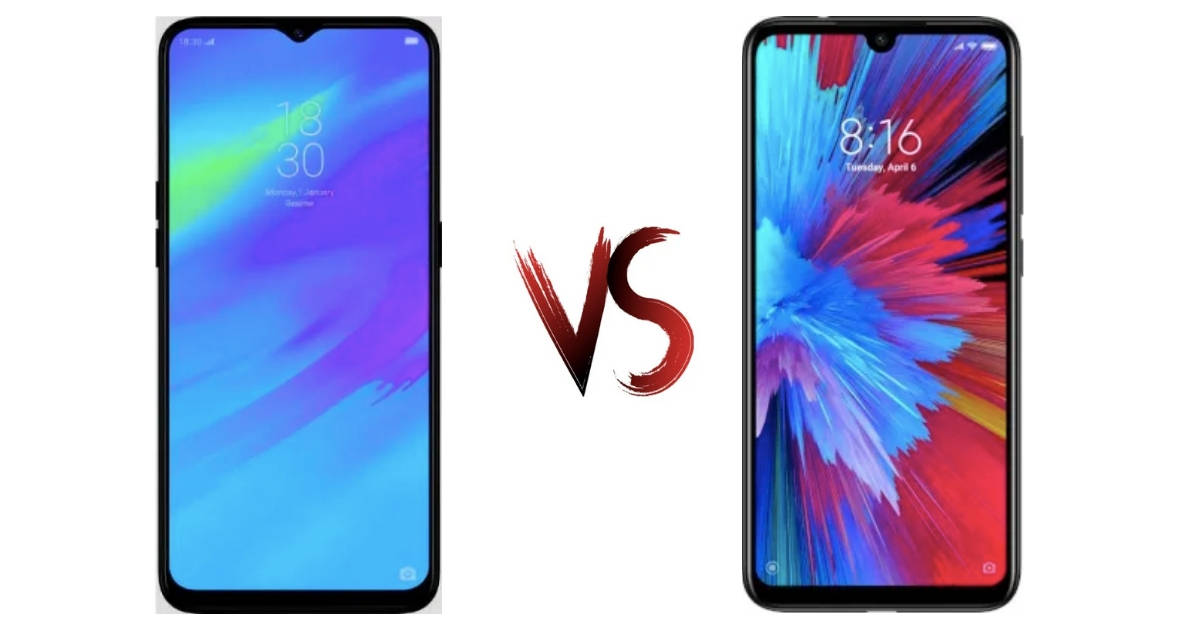
“Both the Realme 3 and Redmi Note 7 have launched within a week of each other, and here’s how they compare against each other”
The Realme 3 (review) has finally been launched in the Indian market, marking the entry of yet another budget warrior in the country. The new Realme 3 comes at a time when we have seen Samsung and Xiaomi launching capable budget smartphones, with the new Redmi Note 7 (review) seeming to be a strong model in the segment. Both the Redmi Note 7 and Realme 3 are, on paper, powerful mid-rangers that won’t burn a hole in your wallet. Let’s take a look at the differences in pricing and specifications of the two smartphones.

Table of Contents
Realme 3 vs Redmi Note 7 price in India
The Realme 3 price in India will start at Rs 8,999 for the 3GB + 32GB variant, while its 4GB + 64GB option costs Rs 10,999. The handset is available for purchase in Radiant Blue and Dynamic Black gradient finishes. A standard Black variant will also be sold as a limited-edition version.
In comparison, the Redmi Note 7 price in India is Rs 9,999 for the base model, which comes with 3GB RAM and 32GB storage. The higher variant comes with 4GB RAM + 64GB storage and is priced at Rs 11,999. The phone is available in three colour options, Onyx Black, Sapphire Blue, and Ruby Red.
Realme 3 vs Redmi Note 7 specifications
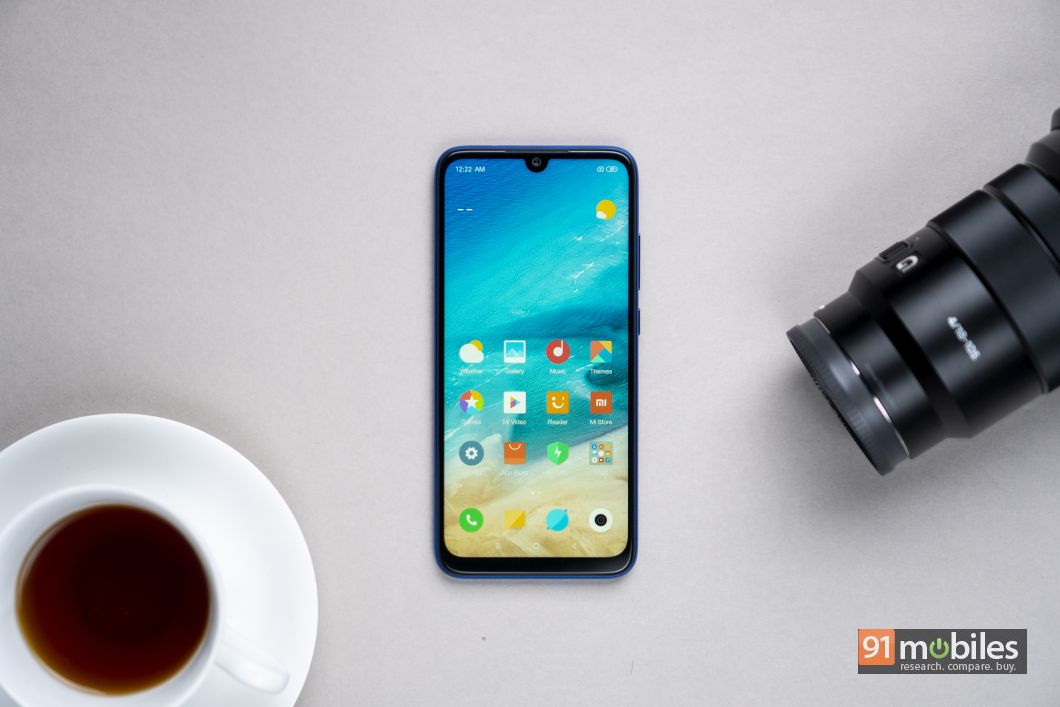
Before talking about the specifications of both the phones, let’s start with the design. The Realme 3 uses an injection moulded unibody plastic construction, which according to the brand, is stronger than a design that utilises a middle-frame, screen and back panel. The phone does feature a slight gradient finish though. Compared to the Realme 2, the new phone does feature some design changes, including a new vertical logo at the back of the phone.
On the other hand, the Redmi Note 7 uses a glass-sandwich design and features 2.5D glass on the back and Corning Gorilla Glass 5 on the front. It also comes with a gradient finish, though choosing the better-looking device between the two comes down to the personal preference.
The Realme 3 has a 6.2-inch HD+ display with a waterdrop notch at the top and is also protected by Gorilla Glass. However, Redmi Note 7 has a higher full-HD+, 6.3-inch display, which should result in a better viewing experience. The notch is similar on both phones and houses the selfie camera.
Internally, the Realme phone uses the MediaTek Helio P70 processor, while the Xiaomi device has opted for the Snapdragon 660 chipset. According to benchmarks, both processors are at par with each other in most departments, though Qualcomm’s offering edges ahead in terms of graphics performance. Both phones feature a maximum of 4GB RAM and 64GB onboard storage.

For optics, the Realme 3 boasts a 13-megapixel f/1.8 sensor and a 2-megapixel depth unit at the back. You get several features such as Portrait mode, Hybrid HDR, Chroma Boost and even a Nightscape low-light mode in the camera app. For selfies, a 13MP shooter is available with AI portrait mode and AI Beautification. The Redmi Note 7 also has a dual-camera setup on the rear, comprising a main 12-megapixel unit and a 2-megapixel depth sensor. A 13MP camera takes care of selfies. The Redmi phone also comes with a Night mode and other features such as AI Portrait mode, AI Scene detection and HDR.
Both phones have impressive battery capacities, with the Realme 3 packing a slightly larger 4,230mAh cell compared to the 4,000mAh unit on the Redmi Note 7. The phones also support fast charging, but the former still uses a micro-USB port while the latter comes with the new-gen USB Type-C socket. The latter also has Bluetooth 5.0, whereas the former gets Bluetooth 4.2. As for software, both phones come with Android 9.0 Pie with a custom UI on top.
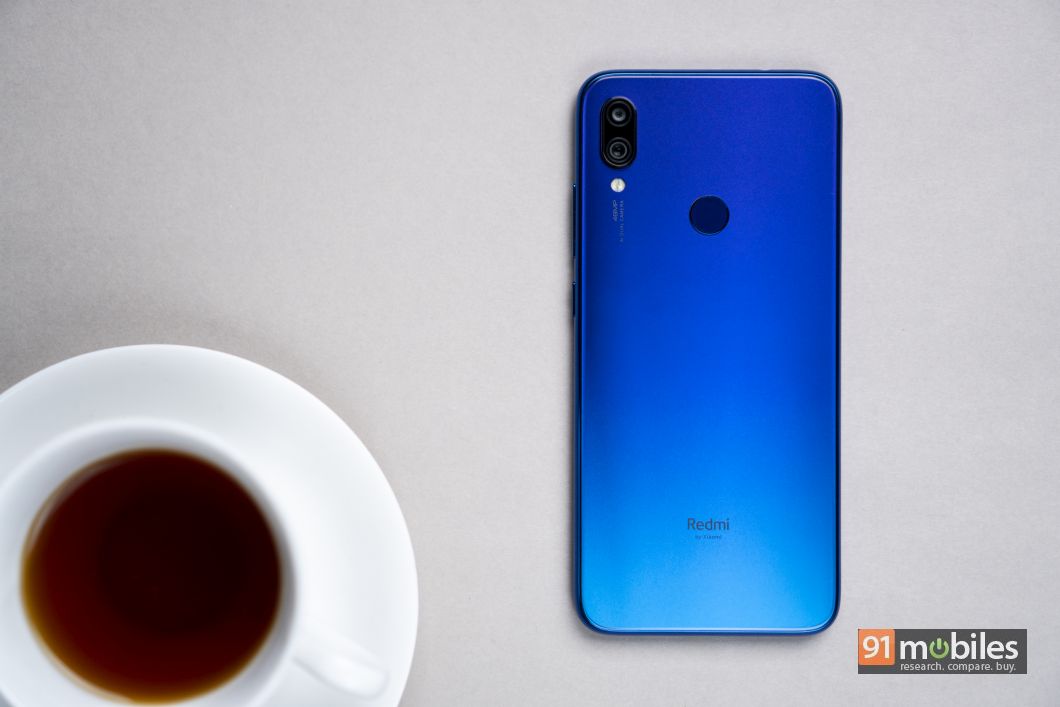
Bottomline
The competition between Realme and Redmi (formerly Xiaomi’s Redmi) continues unabated. While the Realme 3 is priced slightly lesser, it’s evident that the Redmi Note 7 is a great smartphone in its own right. Choosing between the two ain’t easy, but largely depends upon your budget and whether you are want to save money or get a smartphone with a higher-res screen and slightly smaller battery.





